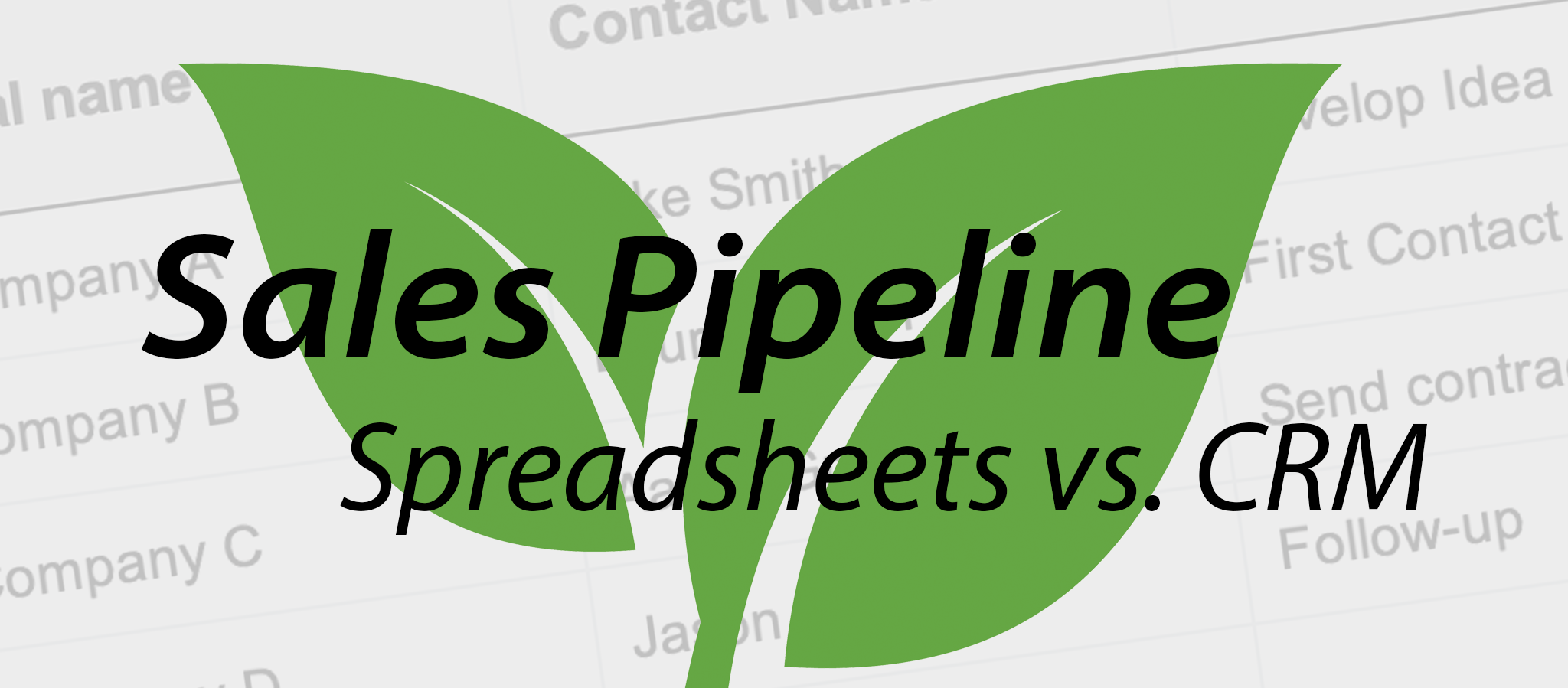A sales pipeline is as a visual representation of the stages a prospect goes through before becoming a customer. It aids sales reps in tracking and managing leads, prioritizing tasks, and increasing conversions. No matter your business’s size, a clear sales pipeline is vital. It helps to streamline your sales process.
Download a Sales Pipeline Template for free
Sales Pipeline Template
To start, consider using a free sales pipeline template. It will create a visual roadmap for your sales. You can customize templates to fit your specific needs.
This allows you to track leads, monitor progress, and identify potential bottlenecks in your sales process. A well-designed template can be a cost-effective solution.
Advantages of Spreadsheets
Spreadsheets have been a fundamental tool in business operations for decades. They offer versatility, ease of use, and a familiar interface for many users.
Using spreadsheets for your sales pipeline allows quick setup. You can also customize and integrate them with other business data. Also, spreadsheets are often easy to find and most employees have some skill with them.
Limits of Spreadsheets
Spreadsheets are flexible and simple. But, they may struggle to handle the complexities of a sales pipeline in a growing business.
CRM systems are made for customer relationship management. They offer advanced features for managing sales pipelines, tracking leads, managing communication, and analytics.
CRM tools like Onpipeline provide a central database. They also have automation and real-time collaboration. CRMs are valuable for businesses aiming to scale their sales efforts.
Typical bottlenecks
When using a spreadsheet to manage your sales pipeline, there are several typical bottlenecks and challenges that businesses may encounter.
Here are some common issues:
Data Integrity
Spreadsheets are susceptible to data entry errors, duplication, and inconsistencies. Bad data leads to mistakesn your sales pipeline. It affects customer interactions and hurts sales forecasts.
Limited Collaboration
Spreadsheets may not facilitate real-time collaboration, especially when multiple team members need to work on the sales pipeline simultaneously.
Lack of collaboration can result in delays, miscommunication, and difficulties in keeping everyone on the same page regarding the status of deals in the sales pipeline.
Difficulty in Scalability
The business is growing and the data volume is rising. Spreadsheets may struggle to handle the growing complexity of the sales pipeline. Inability to scale effectively can hinder the ability to manage a growing number of leads, opportunities, and customer interactions efficiently.
Limited Analysis and Reporting
Spreadsheets offer basic analysis and reporting. But, they may lack the depth of insights from a dedicated CRM system. Weak analytics make it hard for businesses to understand sales well. Spreadsheets cannot identify trends or make smart choices.
Security Concerns
Spreadsheets may lack strong security. This makes sensitive sales data more vulnerable. It is at risk from unauthorized access or accidental loss. Breaches can expose customer information and harm the business’s reputation.
Difficulty in Tracking Interactions
Tracking and managing customer interactions, such as emails, calls, and meetings, can be challenging when the sales pipeline is managed with spreadsheets.
Incomplete or scattered information about customer interactions can result in missed opportunities and hinder the ability to provide personalized and timely responses.
Inability to Adapt
Spreadsheets may struggle to adapt. This includes changes in sales or new requirements. The inability to evolve with the changing needs of the business can limit agility and hinder the optimization of the sales pipeline.
Benefits of CRM
Especially when it comes to sales pipelines, CRMs offer benefits that enhance efficiency and effectiveness
Holistic Customer Insights
CRM systems centralize customer data. They provide a full view of interactions, preferences, and history. Sales teams can use a holistic understanding of customers. They can use it to deliver personalized, targeted engagements. These will foster stronger relationships and increase the chance of conversions.
Workflows
CRM automates repetitive tasks, such as data entry, follow-up emails, and appointment scheduling. Time-consuming manual processes are minimized, allowing sales teams to focus on high-value activities. Automation ensures consistency and reduces the risk of errors.
Scalability and Flexibility
CRM tools are designed to scale with the business, accommodating increased data volume and evolving sales processes. As the business grows, CRM adapts, ensuring continued efficiency without sacrificing performance or data integrity.
Real-Time Collaboration
CRM facilitates real-time collaboration, enabling multiple team members to work simultaneously on the sales pipeline. Enhanced communication and collaboration lead to quicker decision-making, reduced delays, and a cohesive approach to managing leads and opportunities.
Advanced Reporting
CRM tools provide strong analytics and reporting. They offer deep insights into sales. Informed decision-making becomes second nature, empowering businesses to identify areas for improvement, capitalize on opportunities, and refine overall sales strategies.
Enhanced Security Features
CRM platforms often have strong security. They protect sensitive customer data from unauthorized access. Businesses gain peace of mind, knowing that customer information is secure. This boosts customer trust and helps maintain a positive brand reputation.
Comprehensive Interaction Tracking
CRM excels in tracking and managing various customer interactions, including emails, calls, and meetings. Sales teams can provide timely and personalized responses, resulting in improved customer satisfaction and loyalty.
Adaptability
CRM systems are designed to be flexible, allowing businesses to adapt to changes in the sales process or introduce new requirements. The ability to evolve with changing needs enhances agility, ensuring that the CRM remains a strategic asset in optimizing the sales pipeline.
Conclusions
A free sales pipeline template using spreadsheets can be a good start. But, businesses should carefully evaluate their needs. The choice is between spreadsheets and CRMs.
It depends on your sales process’s complexity, your business’s size, and your growth goals. In many cases, adopting a CRM is a key decision and it contributes to better efficiency and teamwork, and, in the end, to more sales.


